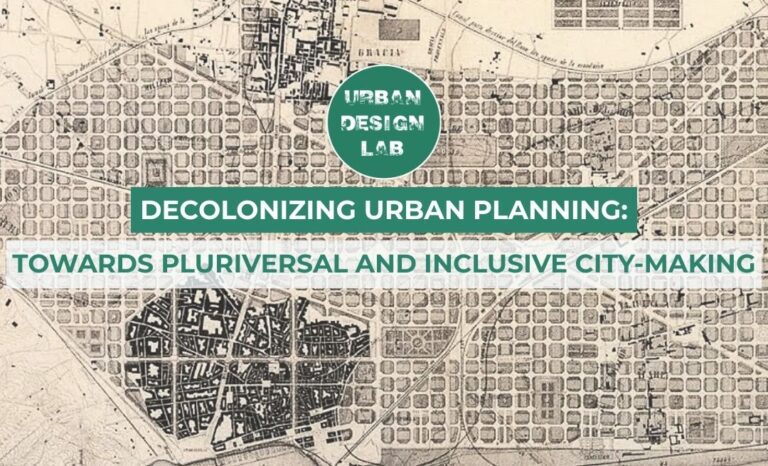
Cubbon Park, Bengaluru: Historic Urban Green Space as Civic and Ecological Infrastructure
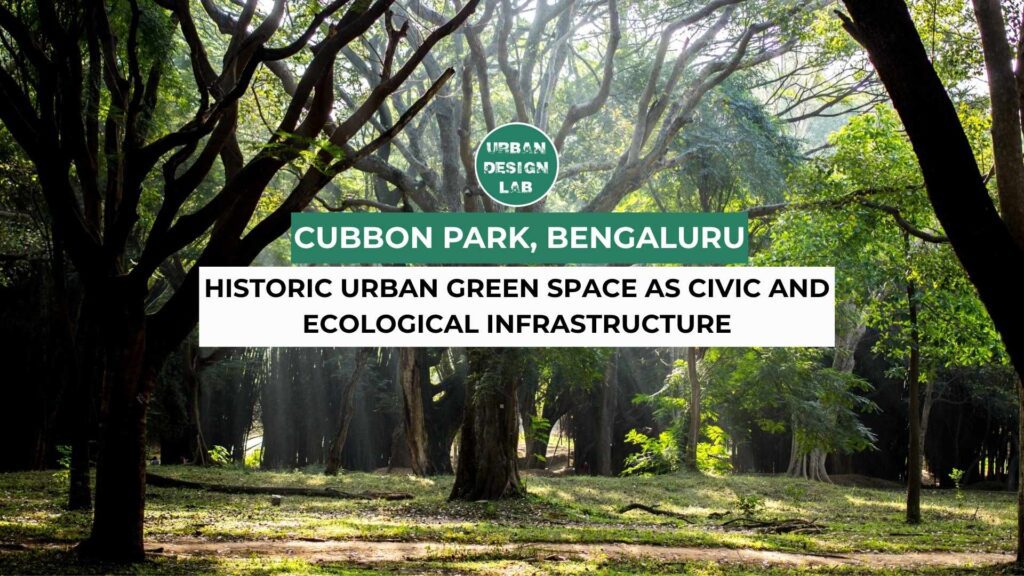
In the centre of Bengaluru lies Cubbon Park, an urban green space that has quietly witnessed the city’s transformation for over 150 years. Once shaped by colonial motives of segregation, it now thrives as a cultural and ecological lifeline. From dog walks and music sessions to heritage debates and environmental functions, the park weaves together history, identity, and everyday urban life. Yet, behind its leafy serenity lie complex questions of planning, protection, and participation. This article explores how Cubbon Park isn’t just a passive green patch, but an active player in Bengaluru’s urban story. Discover how one park continues to breathe life into the city’s past, present, and future.
Introduction
“In every city, there is a place where time pauses, where memory lingers, and where the city breathes.”
For Bengaluru, that place is Cubbon Park. Situated at the confluence of civic power, institutional density, and public life, Cubbon Park is more than a recreational green, it is an active component of the city’s urban metabolism. Its 300-acre landscape functions as infrastructure, offering regulatory ecological services, social cohesion, and historical continuity.

Colonial Segregation & Ecological Irony
Cubbon Park was established in 1870 by Major General R.H. Sankey, initially called Meade’s Park, and later renamed after Sir Mark Cubbon. While it followed the 19th-century British design principles of order and civility (Joseph, n.d.), its deeper function was strategic segregation.
It was deliberately carved out of a thicket to act as a cordon sanitaire, a physical buffer separating the British cantonment from the Pete (native town). Colonial planners feared that close proximity to the Indian population would expose Europeans to disease, dirt, and disorder, reflecting the racial anxieties of the colonial regime (IJCRT, 2022; Bangalore Mirror, 2018). Parks like Cubbon became spatial tools to reinforce imperial separation while showcasing power through landscape design.
Ironically, the same park that once symbolized exclusion and imperial superiority is now a democratic and inclusive urban sanctuary. Today, people from all walks of life gather here for reading, resting, protesting, or walking their dogs. The colonial logic of separation has been repurposed into one of shared belonging and civic unity.
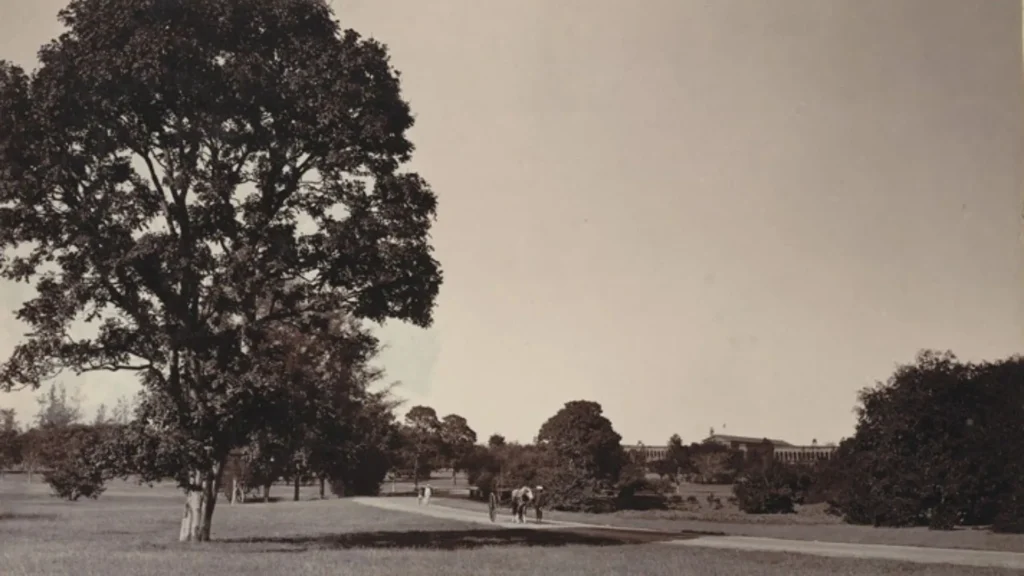
Source: Website Link
Everyday Civic Use and Participatory Urbanism
Cubbon Park plays a prominent role in the daily lives of Bengalureans. Alongside jogging and yoga, community-led events such as the informal Sunday Dog Park, live music, and dance performances enrich the park’s cultural vibrancy.
The park also serves as a gathering ground for several community-driven initiatives like Cubbon Reads, which brings book lovers together on weekends. Similarly, it hosts groups such as Cubbon Kints, Bengaluru Skaters, Cubbon Paints, and Cubbon Meets, where like-minded individuals connect over shared interests. These gatherings transform the park into a vibrant urban space that fosters connection, creativity, and joy.
Such informal, low-cost interventions examples of tactical urbanism demonstrate how everyday use can redefine a public space. Cubbon Park thrives not just as green infrastructure, but as a living cultural commons (CN Traveller, 2023).
Campaigns like #NammaCubbon and Cubbon Park Ulisi further underscore the value of public participation, aligning with the theory of urban commons that emphasizes collective stewardship of shared spaces (Citizen Matters, 2019).

Ecological Contributions and Infrastructure Role
As a large central green space, Cubbon Park functions as a key component of Bengaluru’s green infrastructure. With over 6,000 trees spanning nearly 100 species, the park helps regulate urban temperatures, absorb carbon, support bird populations, and recharge groundwater (RoundGlass Sustain, n.d.).
Despite these benefits, the park lacks strong ecological zoning protections. Fragmentation from roads and nearby traffic corridors compromises its potential as a unified ecological system. Strategically enhancing the park’s connectivity with other green areas could amplify its contribution to the city’s environmental goals.

Governance and Heritage Considerations
Cubbon Park is part of a heritage precinct that includes institutions like Attara Kacheri (seat of the Karnataka High Court) and the State Central Library. Recognized in Bengaluru’s RMP 2031, the park stands at the intersection of planning, conservation, and civic use. However, the absence of legally binding heritage overlays has left it vulnerable to proposals such as a high-rise court annexe, which sparked debate among conservationists and planners (The Hindu, 2019).
Groups like INTACH and Heritage Beku advocate for the adoption of the Historic Urban Landscape (HUL) framework to manage and preserve the park as part of a broader heritage

Managing Development and Protecting Open Space
Encroachments and changing land-use priorities continue to challenge the park’s integrity. Reports indicate that since the 1960s, nearly 27 acres have been repurposed for roads and government buildings (Deccan Herald, 2023). More recently, proposals to house private galleries within the park premises have raised concerns about the commercialization of public green space (News18, 2024; The News Minute, 2024).
These developments reveal the importance of clear legal and planning frameworks that protect Cubbon Park not only as a recreational site but also as an ecological and cultural commons.

Conclusion
Cubbon Park demonstrates the power of green spaces in shaping urban life, not just as amenities, but as evolving systems that blend history, ecology, and participation. For a city like Bengaluru, the park is not simply a backdrop for leisure; it is a living laboratory that reflects and responds to the city’s changing dynamics. Cubbon Park stands as a model of how public parks can inform the future of urban design and sustainability.
References
Bangalore Mirror. (2018, January 1). Bengaluru’s Cubbon Park: The thicket of separation. https://bangaloremirror.indiatimes.com/bangalore/others/bengalurus-cubbon-park-the-thicket-of-separation/articleshow/62299880.cms
Citizen Matters. (2019). Citizen campaigns to protect Cubbon Park. https://citizenmatters.in
CN Traveller. (2023). Bengaluru’s quiet reading communities find space in Cubbon Park. https://www.cntraveller.in
Deccan Herald. (2023, August 6). The shrinking of Cubbon Park. https://www.deccanherald.com/opinion/the-shrinking-of-cubbon-park-3450492
Heritage Beku. (2020). Cubbon Park: Bengaluru’s soul space. https://www.heritagebeku.com
International Journal of Creative Research Thoughts (IJCRT). (2022). The role of Cubbon Park in the urban evolution of Bengaluru. https://ijcrt.org/papers/IJCRT1135992.pdf
Joseph, A. (n.d.). Cubbon Park: Looking at parks as a symbol of recreation and prosperity. Academia.edu. https://www.academia.edu/7898001
News18. (2024, March 28). Activists fume as Bengaluru’s green lung Cubbon Park faces threat from private art gallery. https://www.news18.com/india/activists-fume-as-bengalurus-green-lung-cubbon-park-faces-threat-from-private-art-gallery-9241286.html
RoundGlass Sustain. (n.d.). Cubbon Park, Bengaluru. https://roundglasssustain.com
The Hindu. (2019, November 3). Construction at Cubbon Park: Calls for a heritage policy grow louder. https://www.thehindu.com/news/cities/bangalore/construction-at-cubbon-park-calls-for-a-heritage-policy-grow-louder/article29865891.ece
The News Minute. (2024, February 10). Cubbon Park: Bengaluru’s green space or the government’s playground? https://www.thenewsminute.com/karnataka/cubbon-park-bengalurus-green-space-or-the-governments-playground
Aaditya Kuyyamudi
Åbout the Author
Aaditya Kuyyamudi is an architecture student at Manipal School of Architecture and Planning, exploring how urban design can spark inclusive, walkable, and climate-resilient cities. His work reimagines streets as stories and cities as vibrant, equitable public realms shaped by community and sustainability.
Related articles
UDL Illustrator
Masterclass
Visualising Urban and Architecture Diagrams
Session Dates
17th-18th January 2026

Urban Design Lab
Be the part of our Network
Stay updated on workshops, design tools, and calls for collaboration
Curating the best graduate thesis project globally!

Free E-Book
From thesis to Portfolio
A Guide to Convert Academic Work into a Professional Portfolio”
Recent Posts
- Article Posted:
- Article Posted:
- Article Posted:
- Article Posted:
- Article Posted:
- Article Posted:
- Article Posted:
- Article Posted:
- Article Posted:
Sign up for our Newsletter
“Let’s explore the new avenues of Urban environment together “
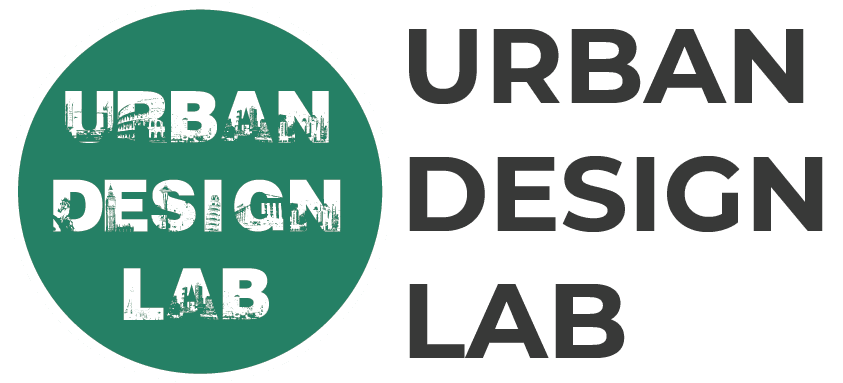
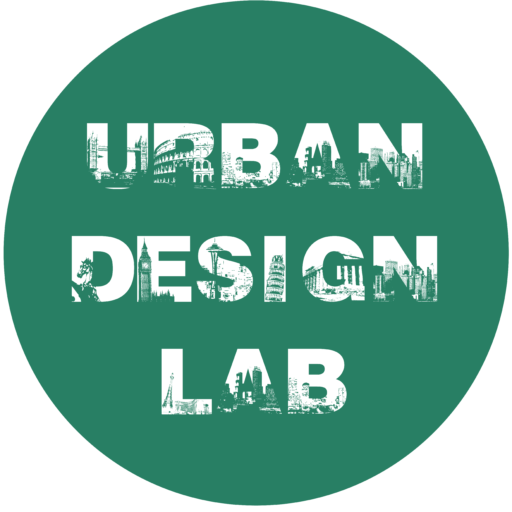
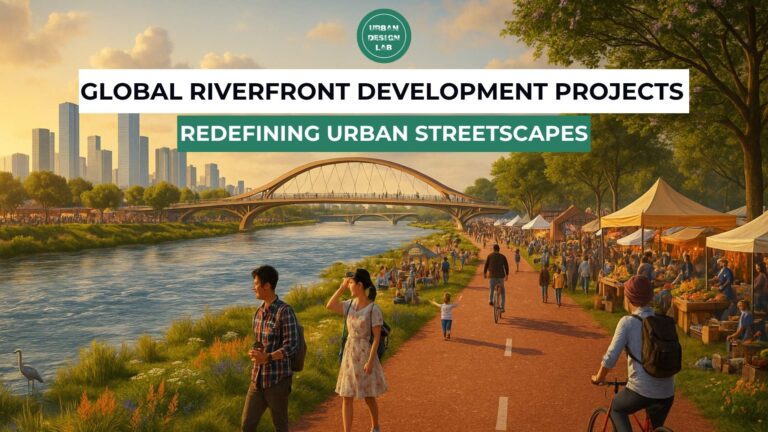
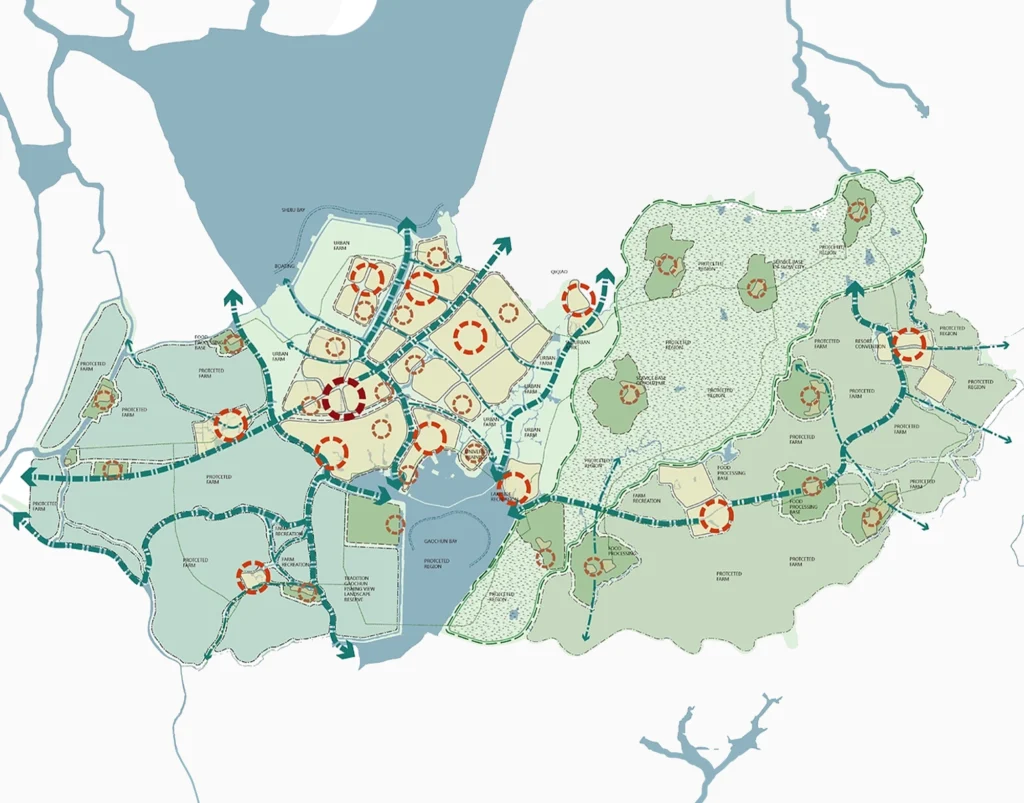
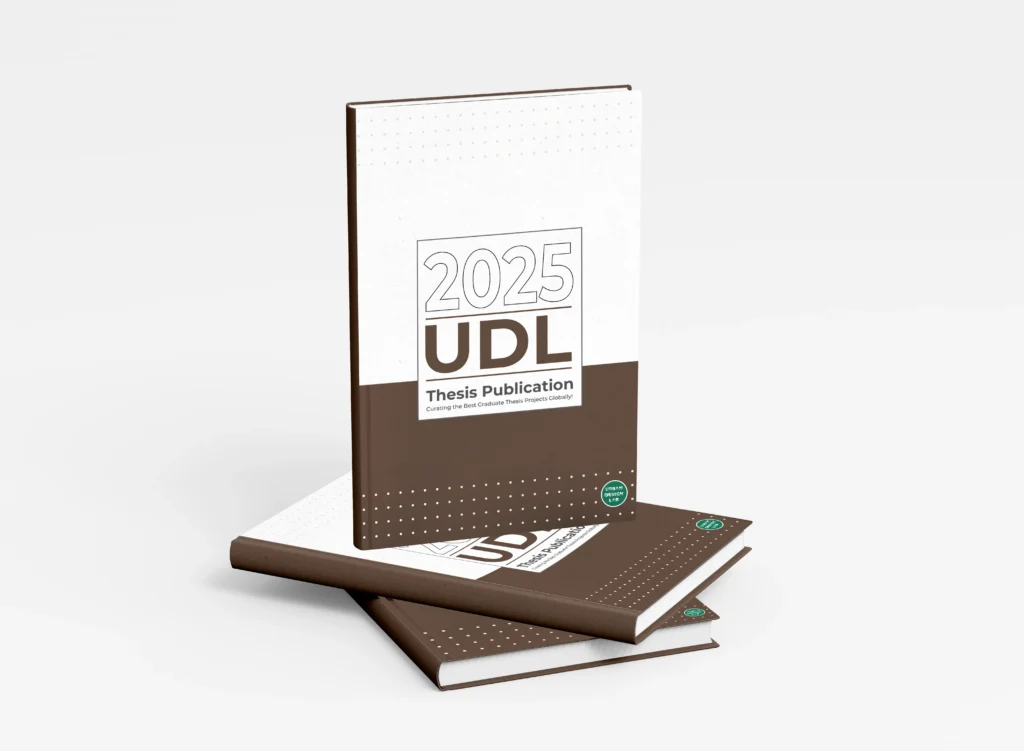
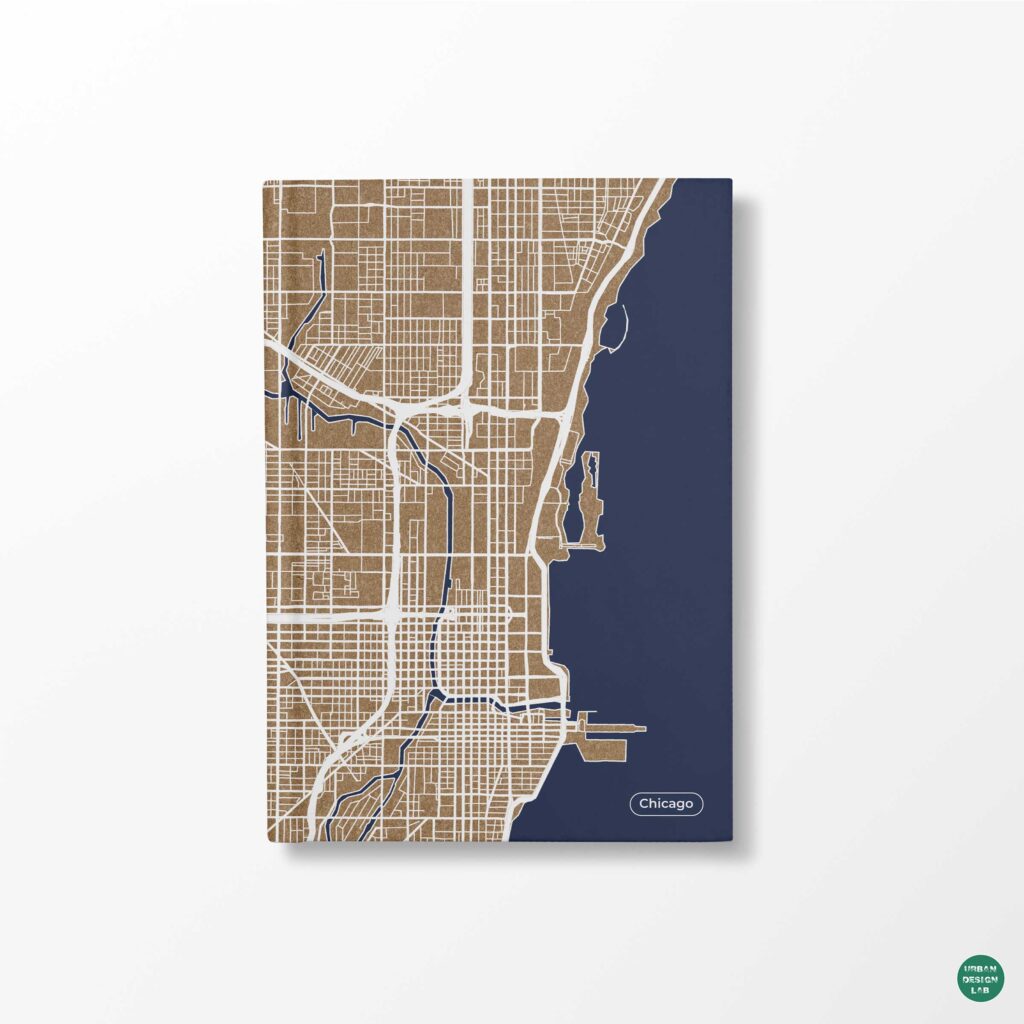

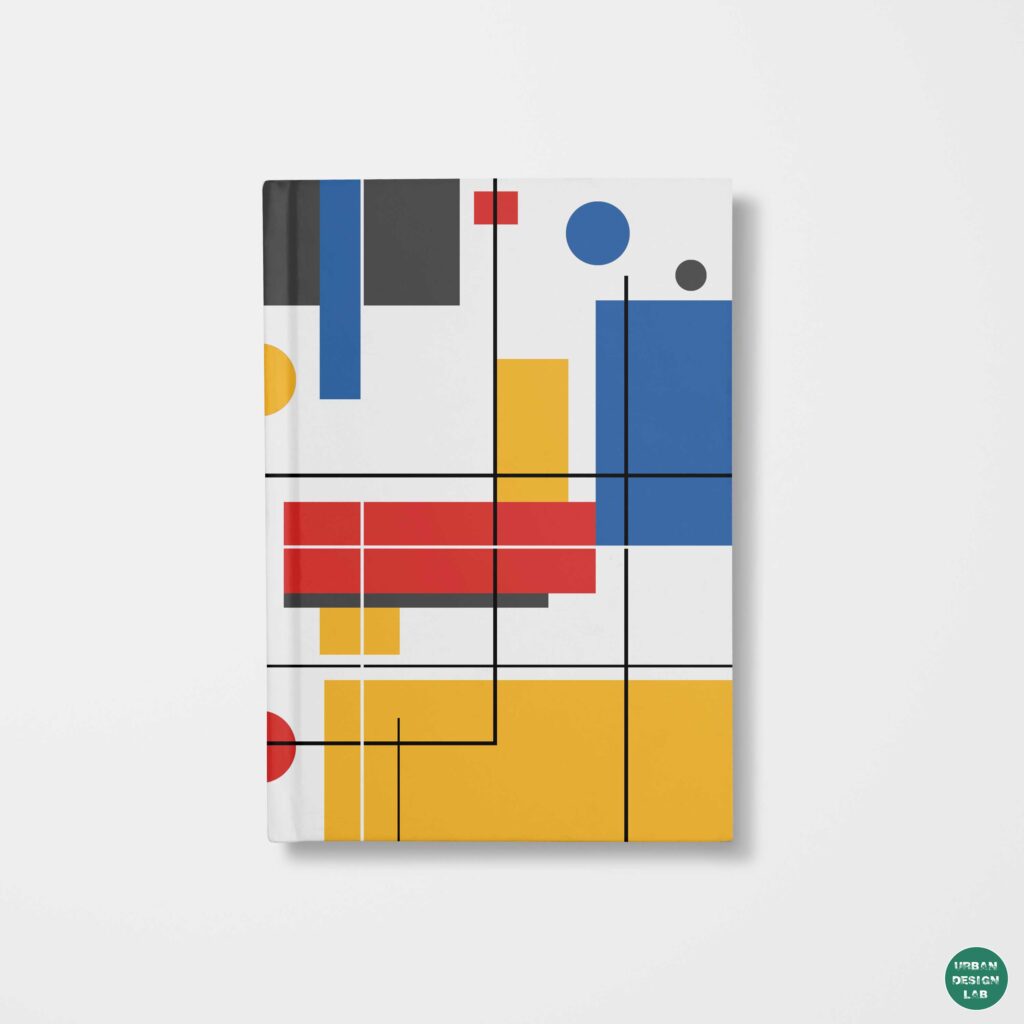
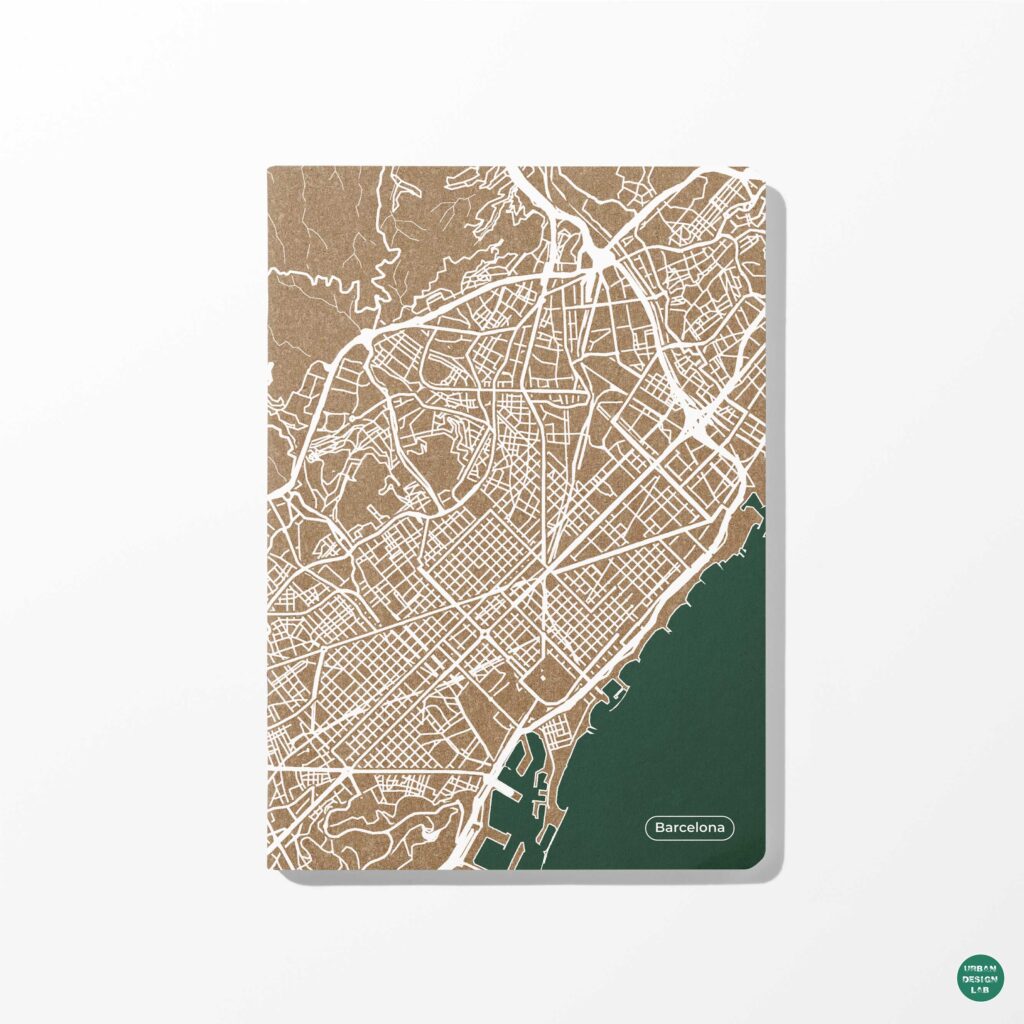
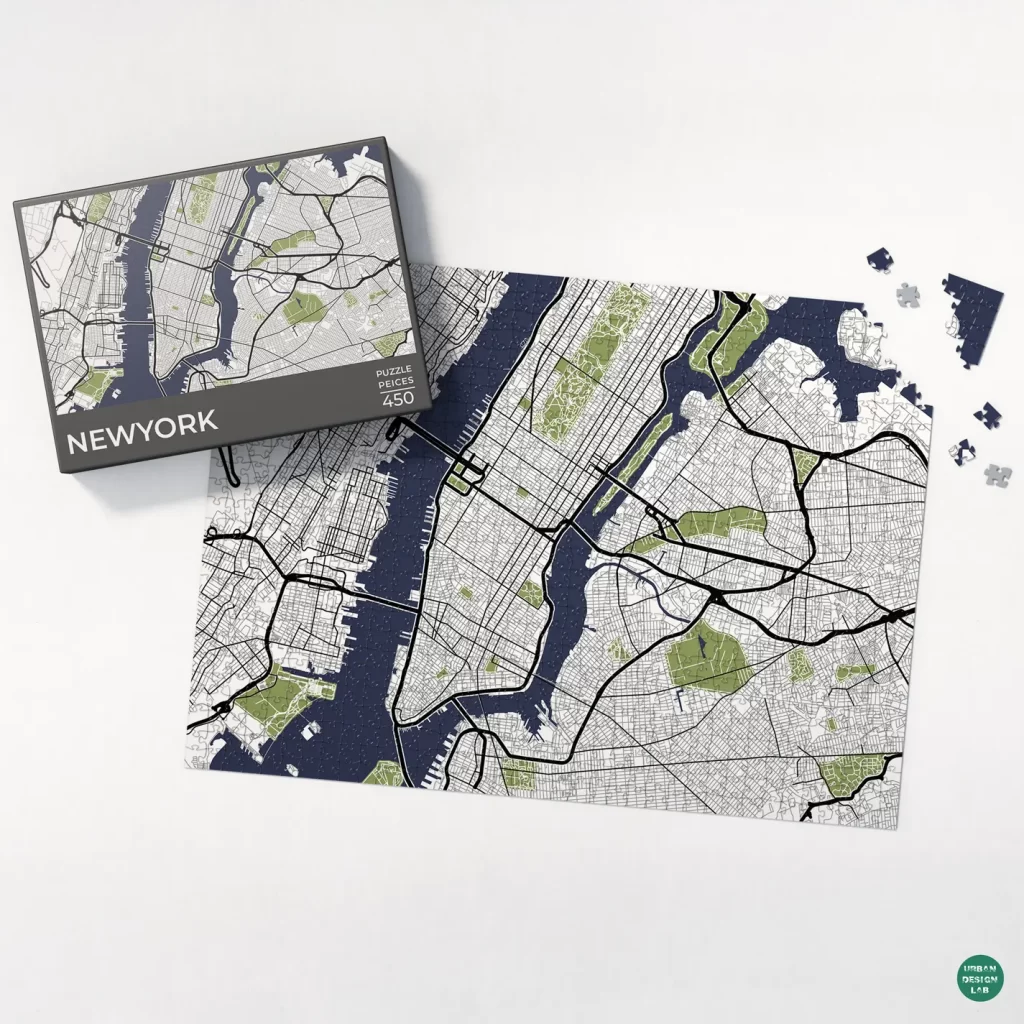
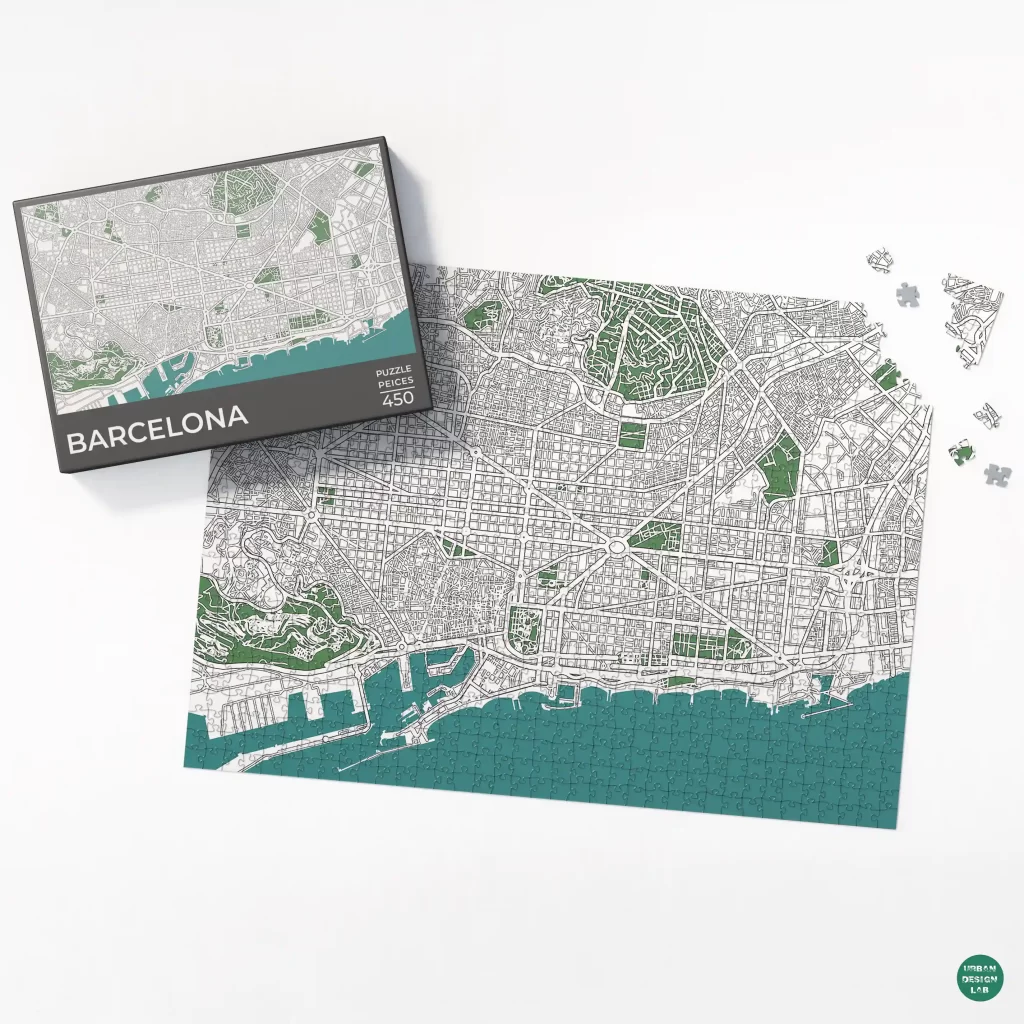
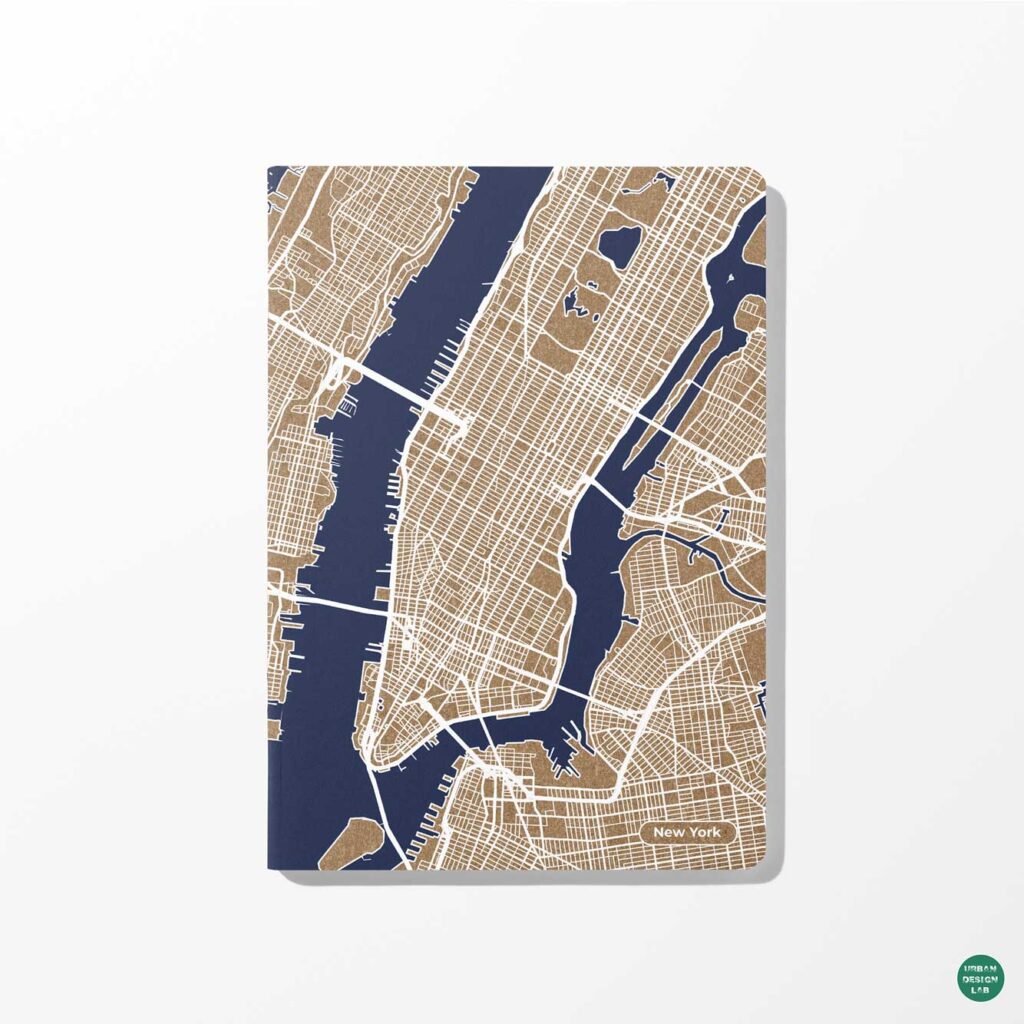
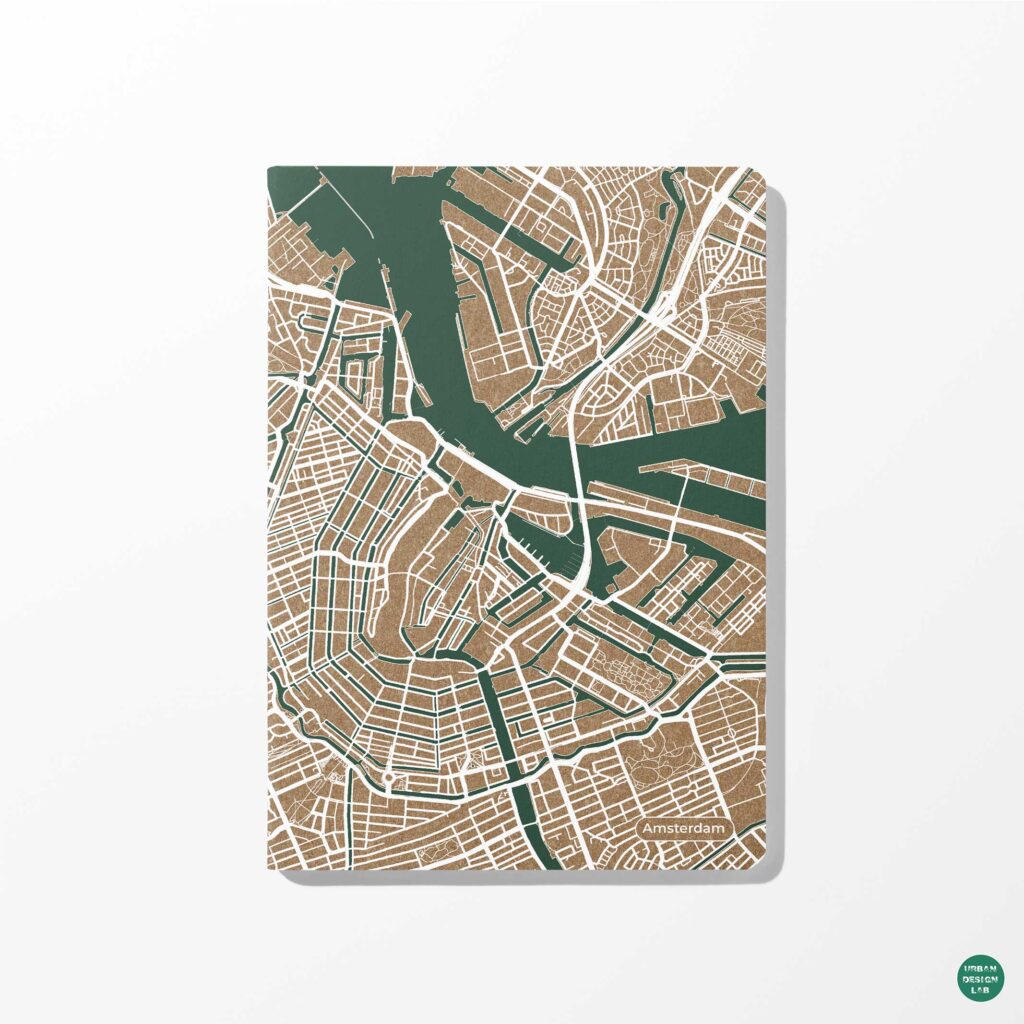
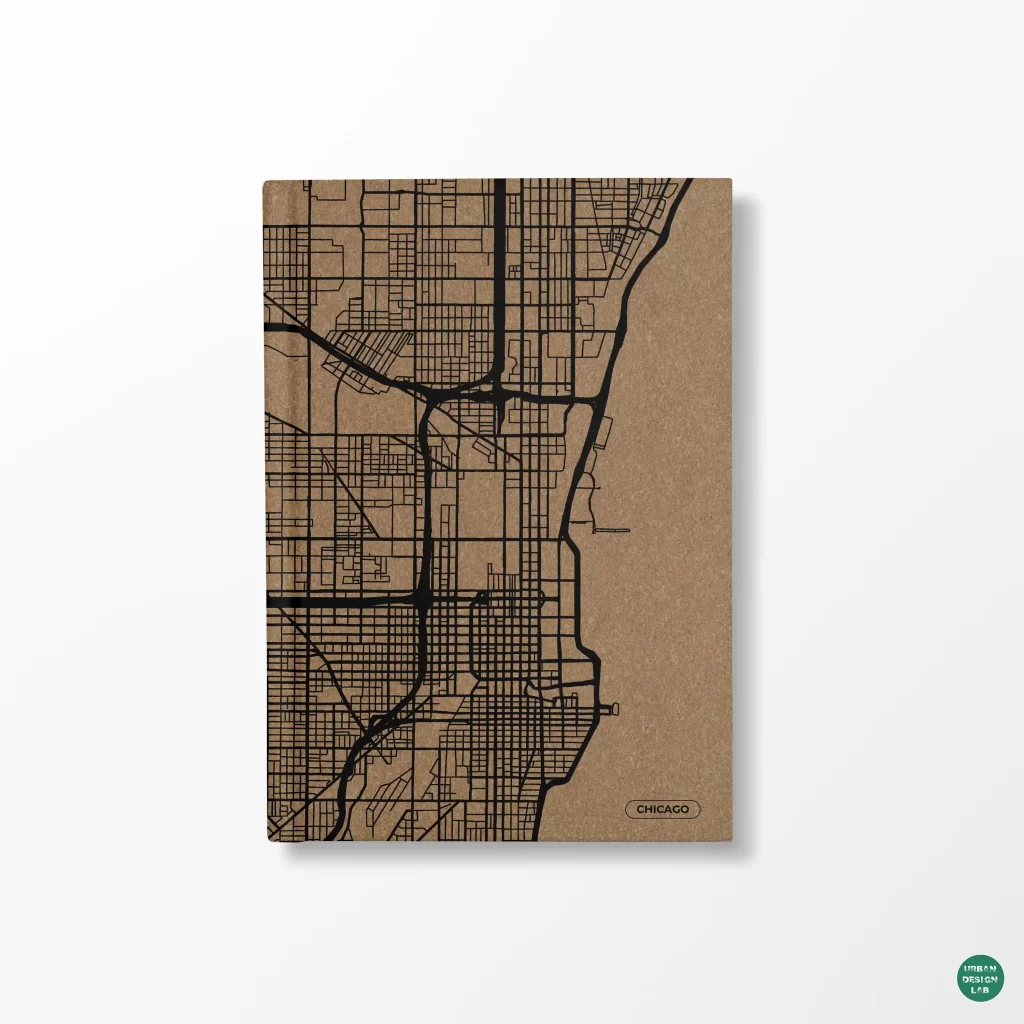
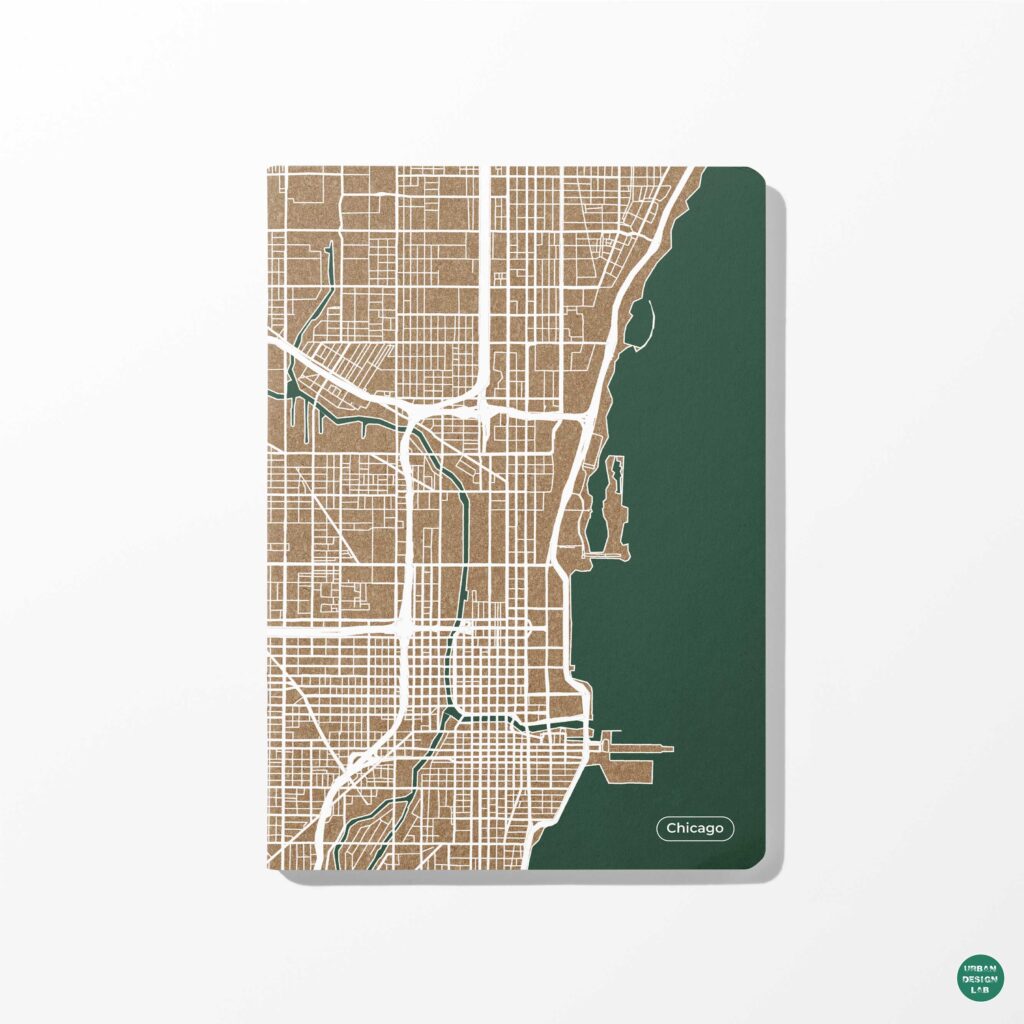


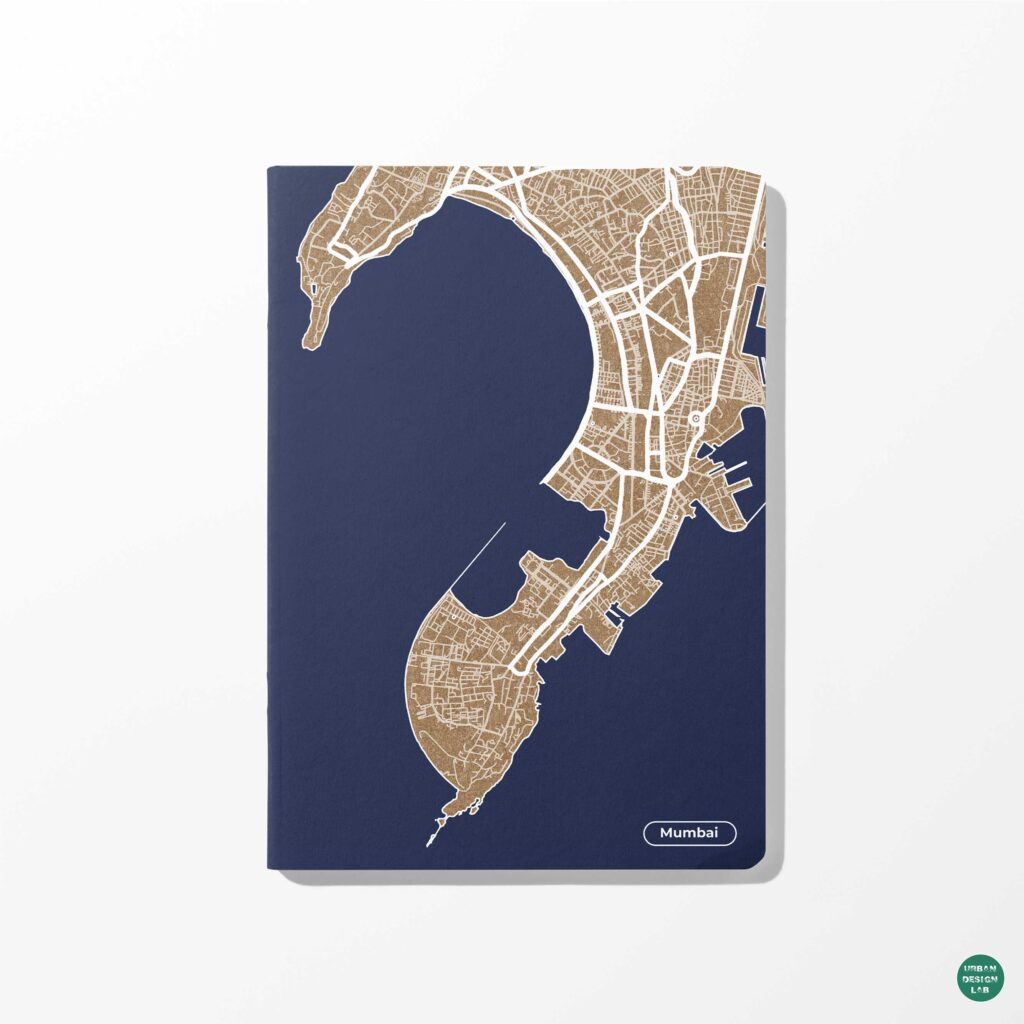
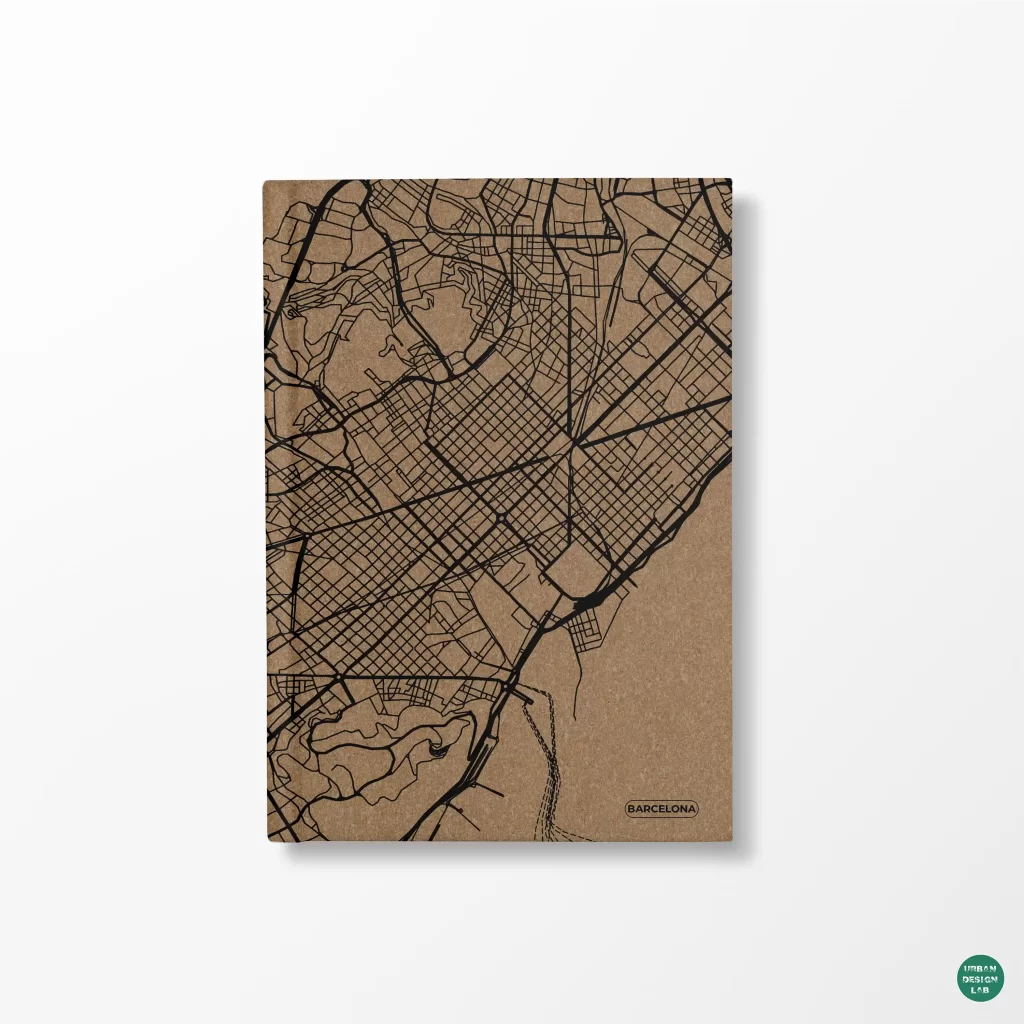
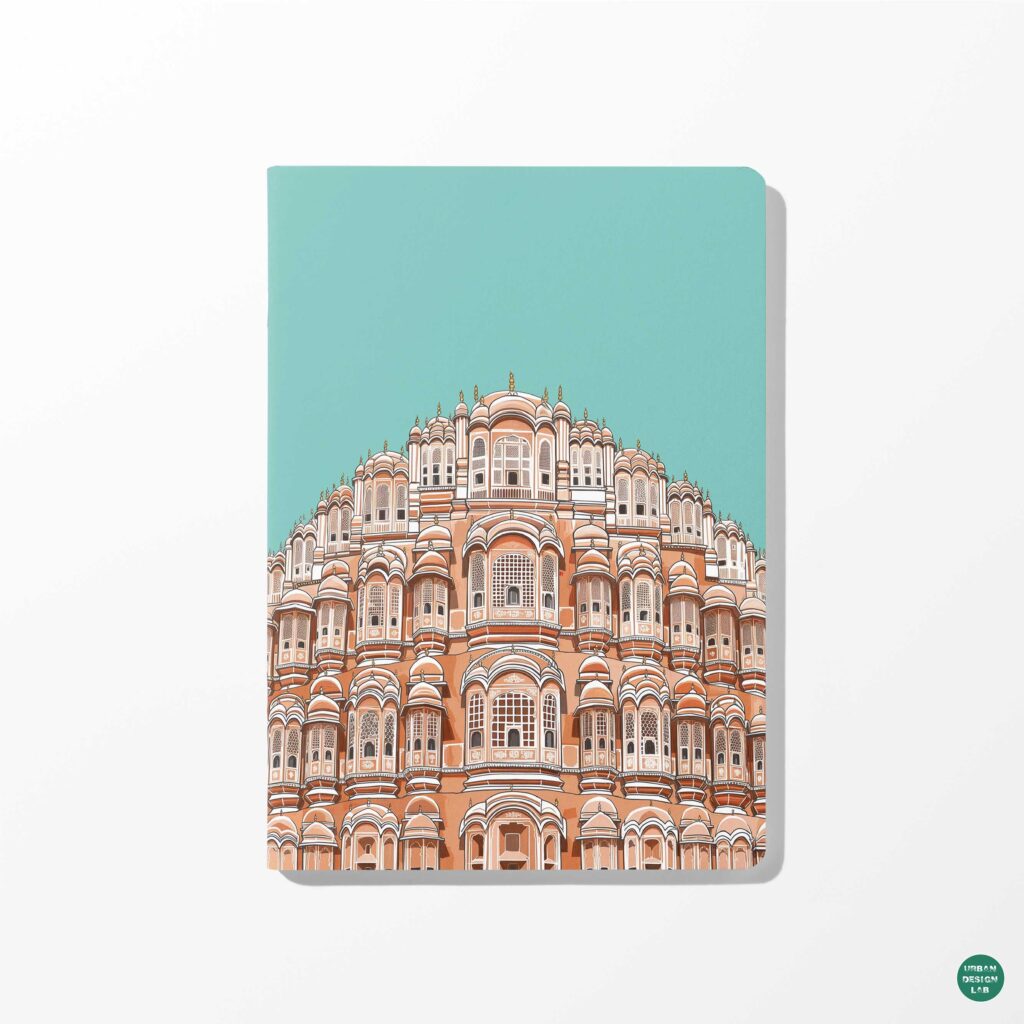
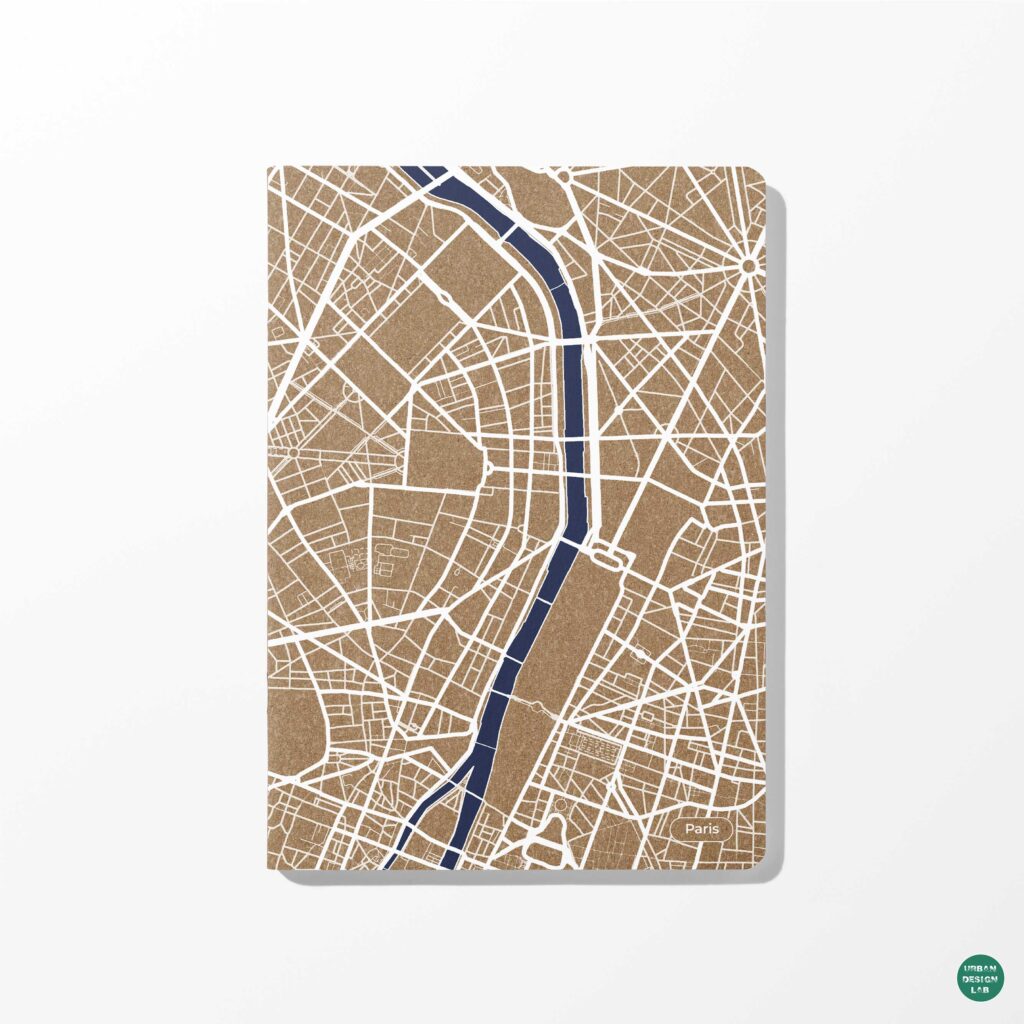
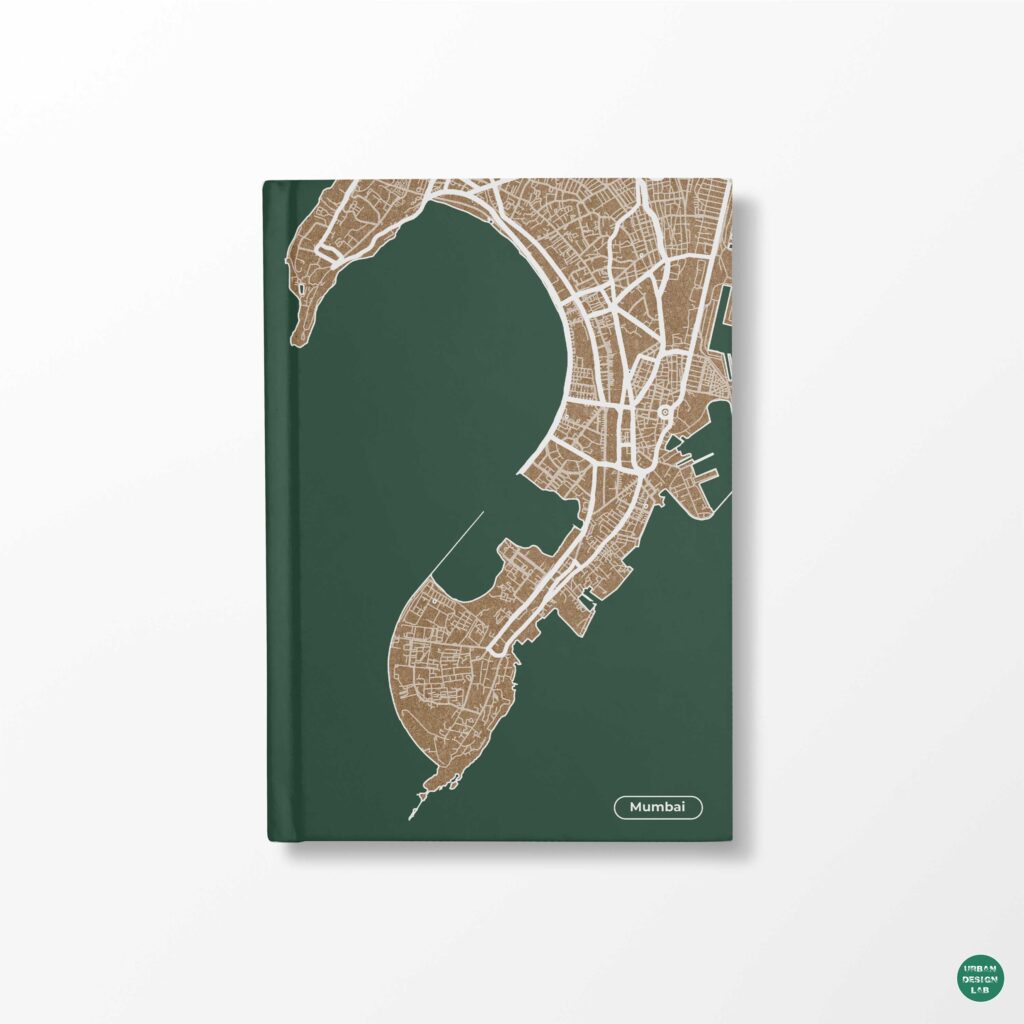
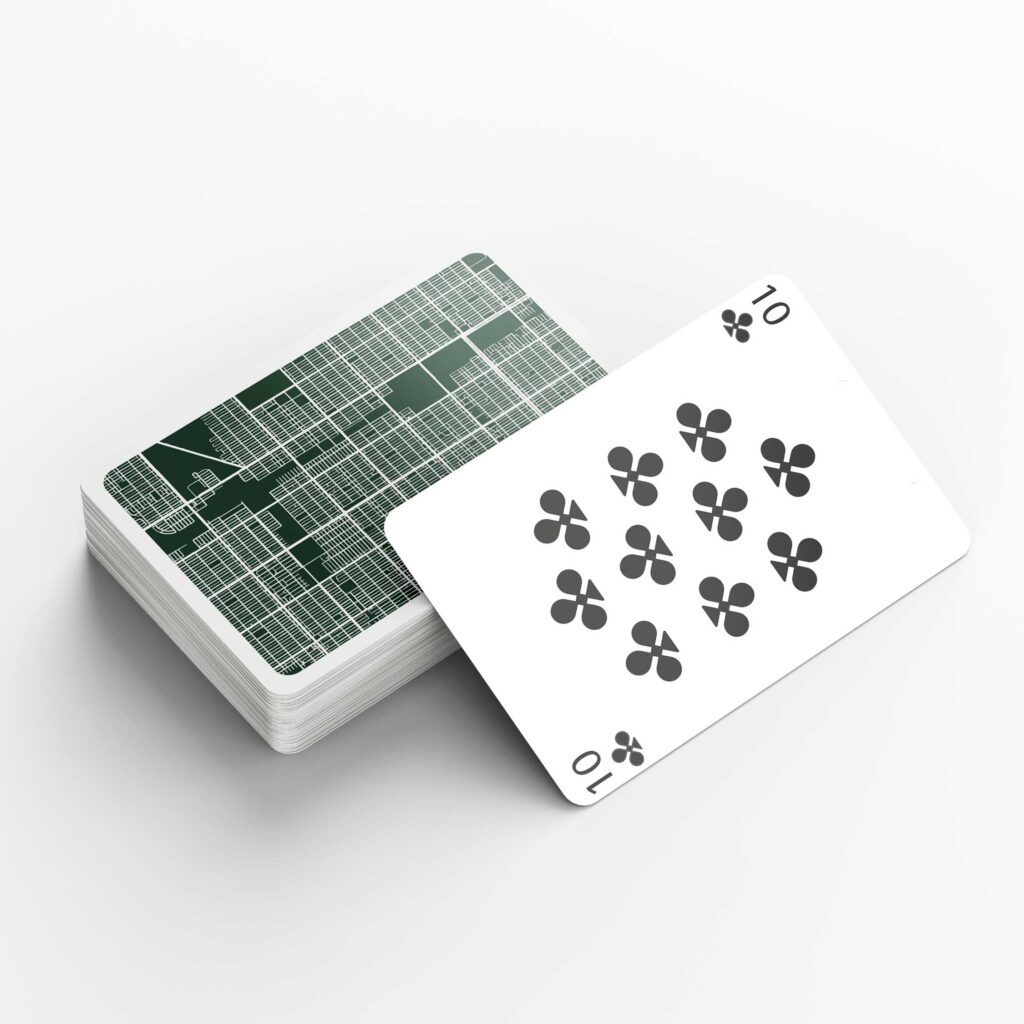
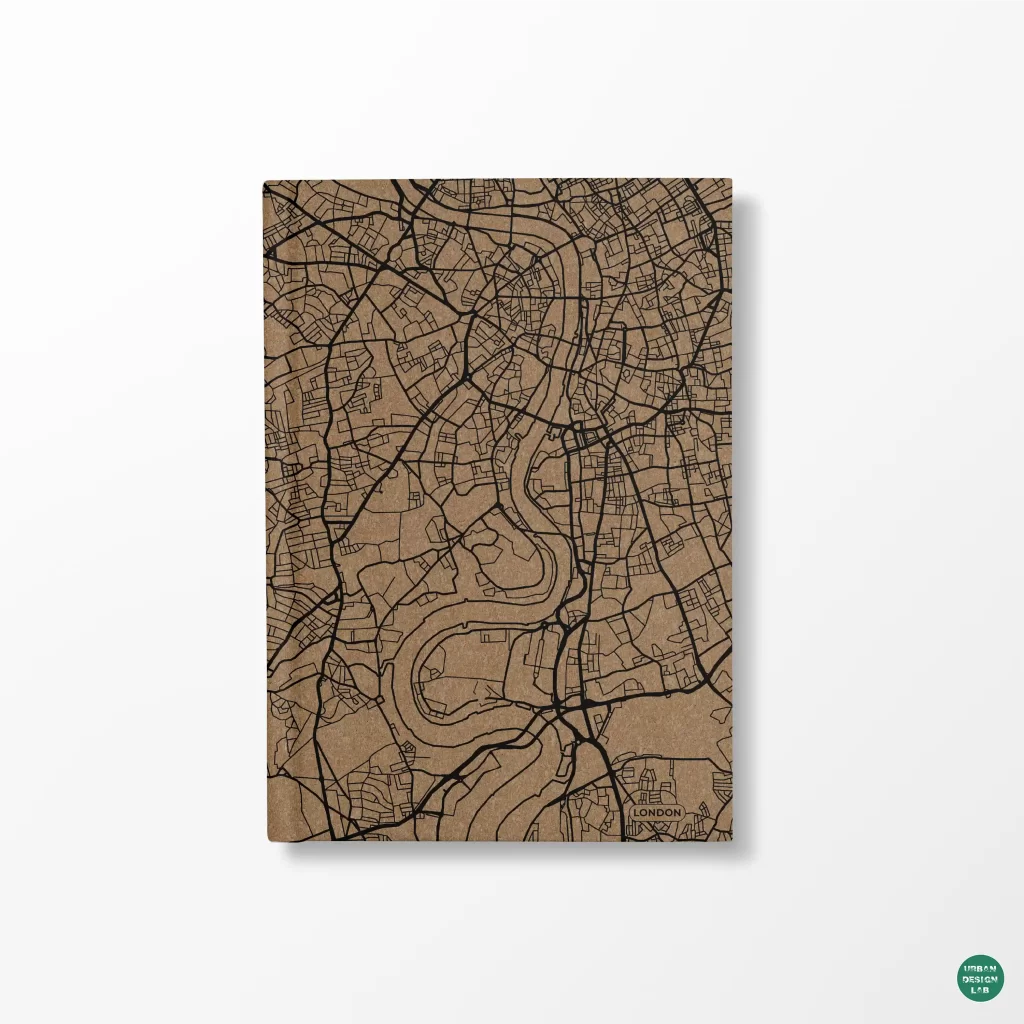


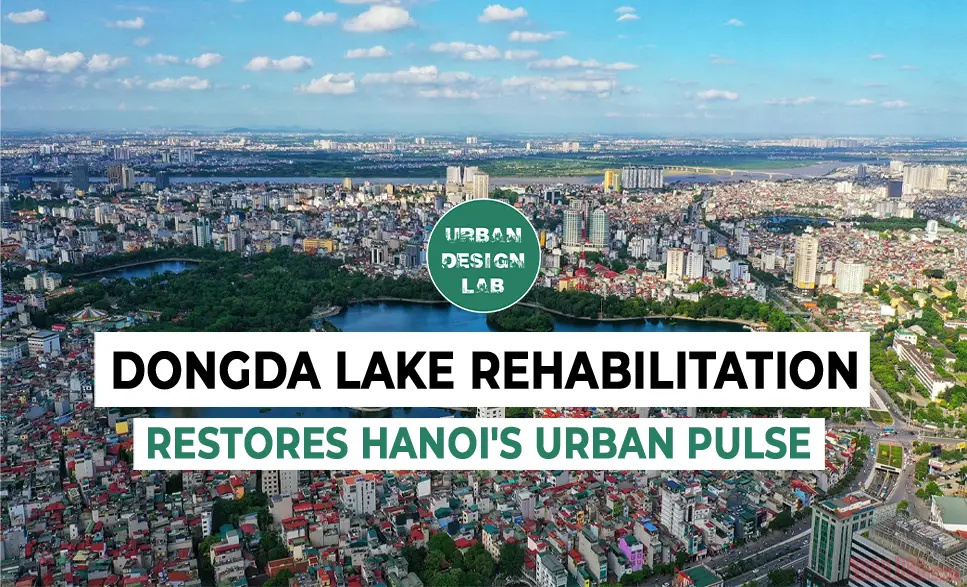
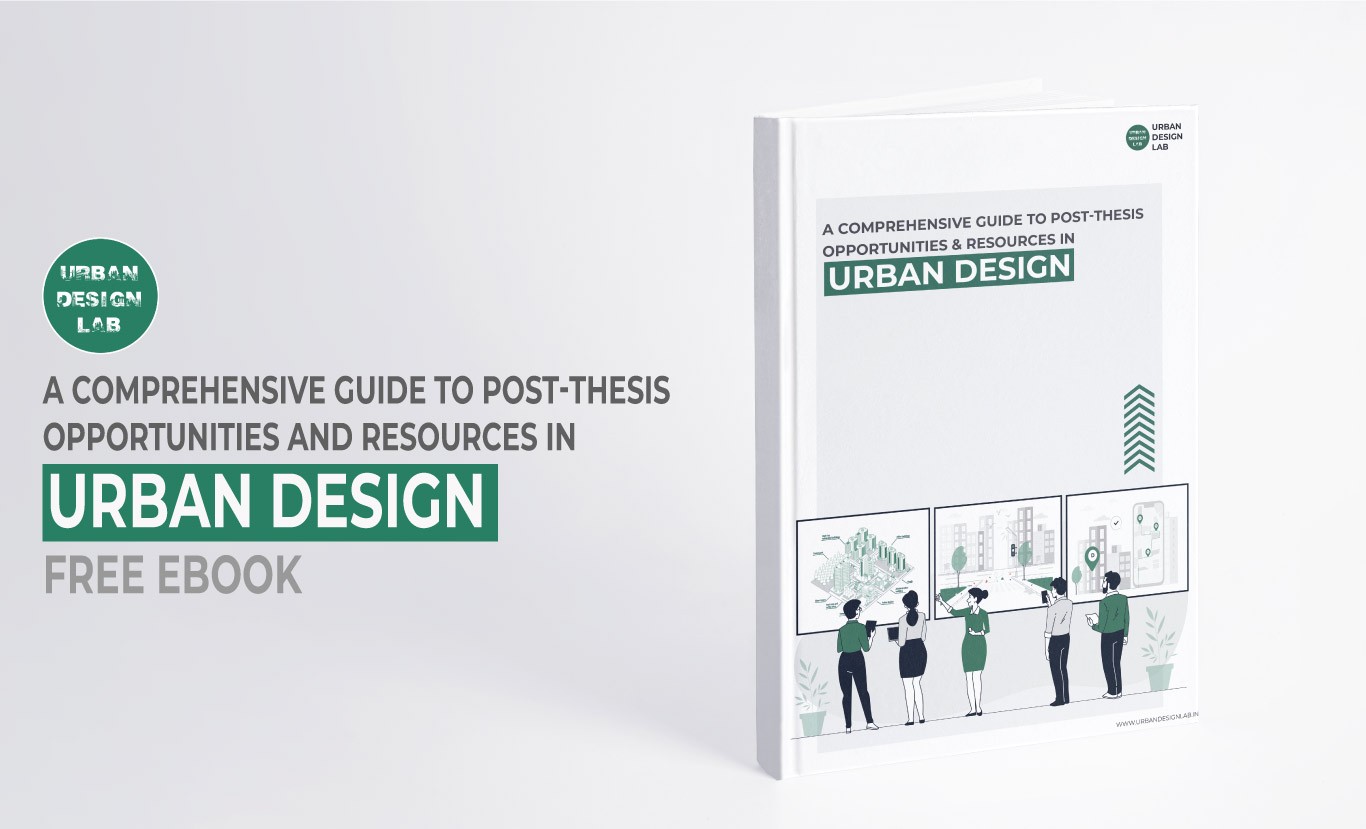



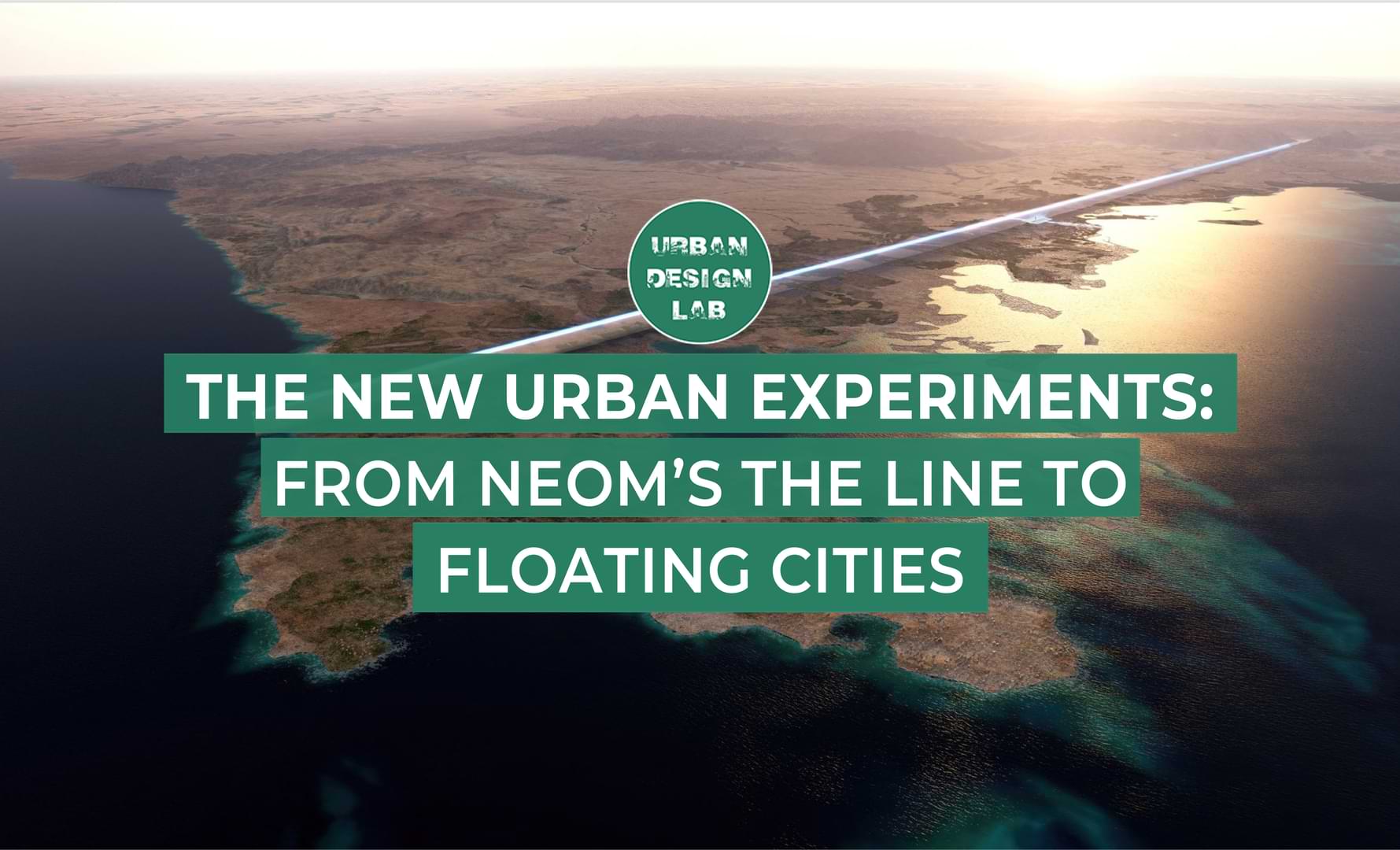
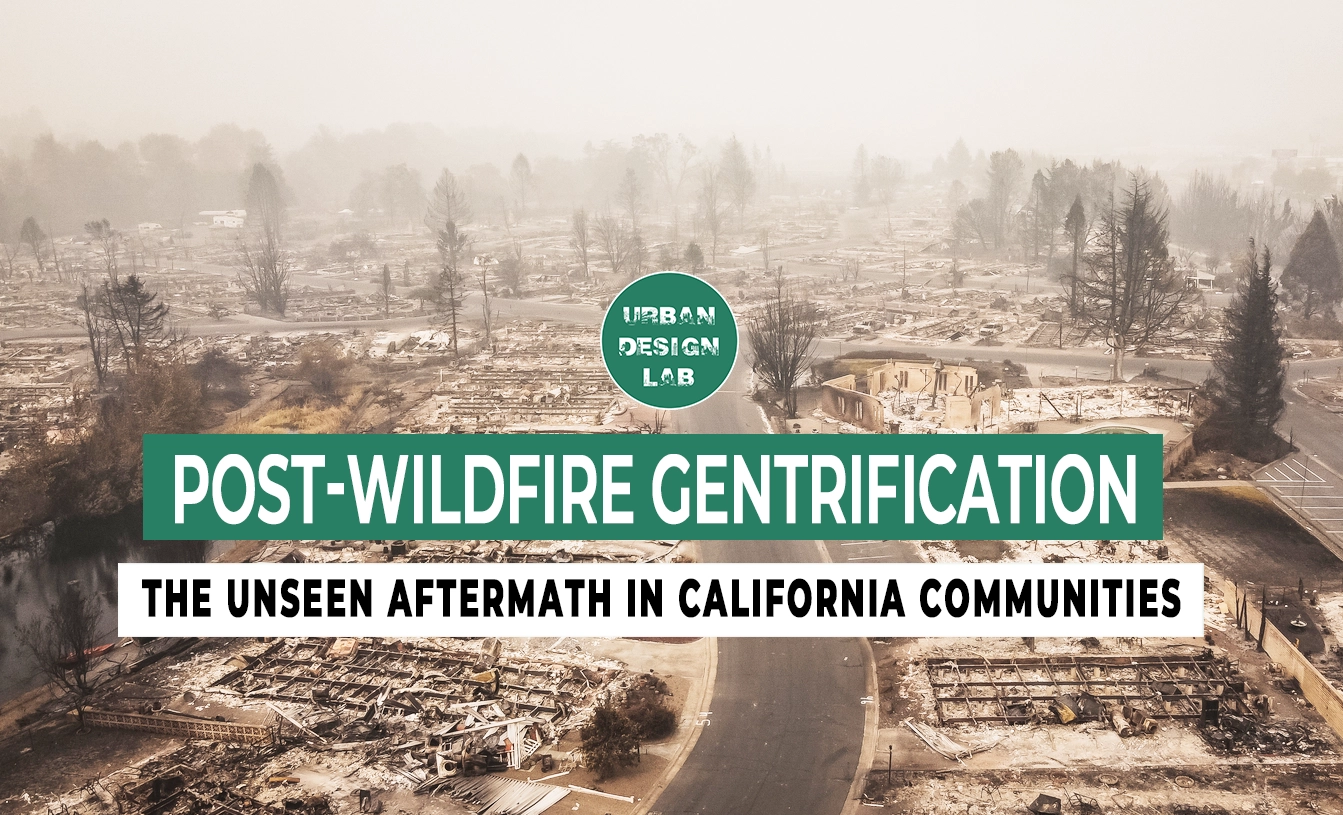

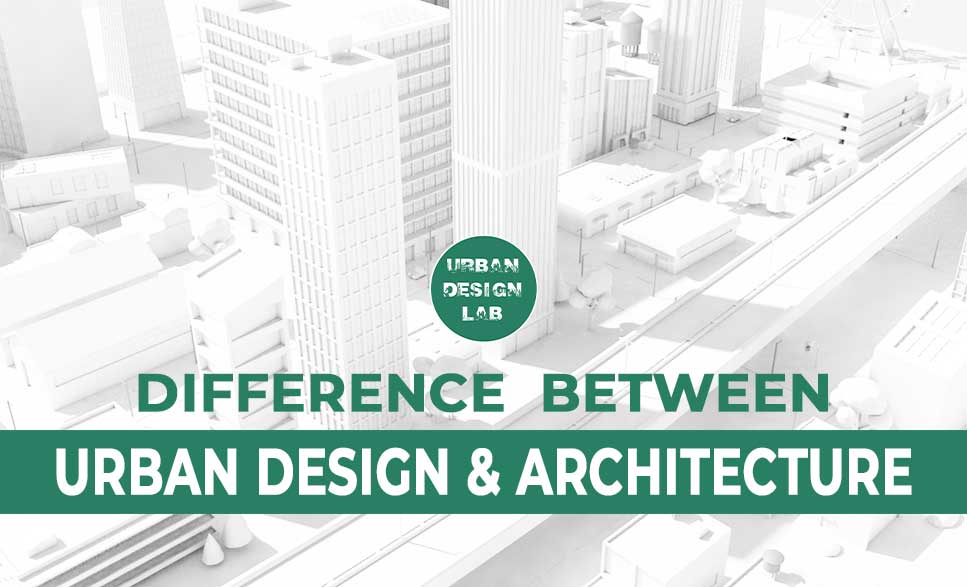
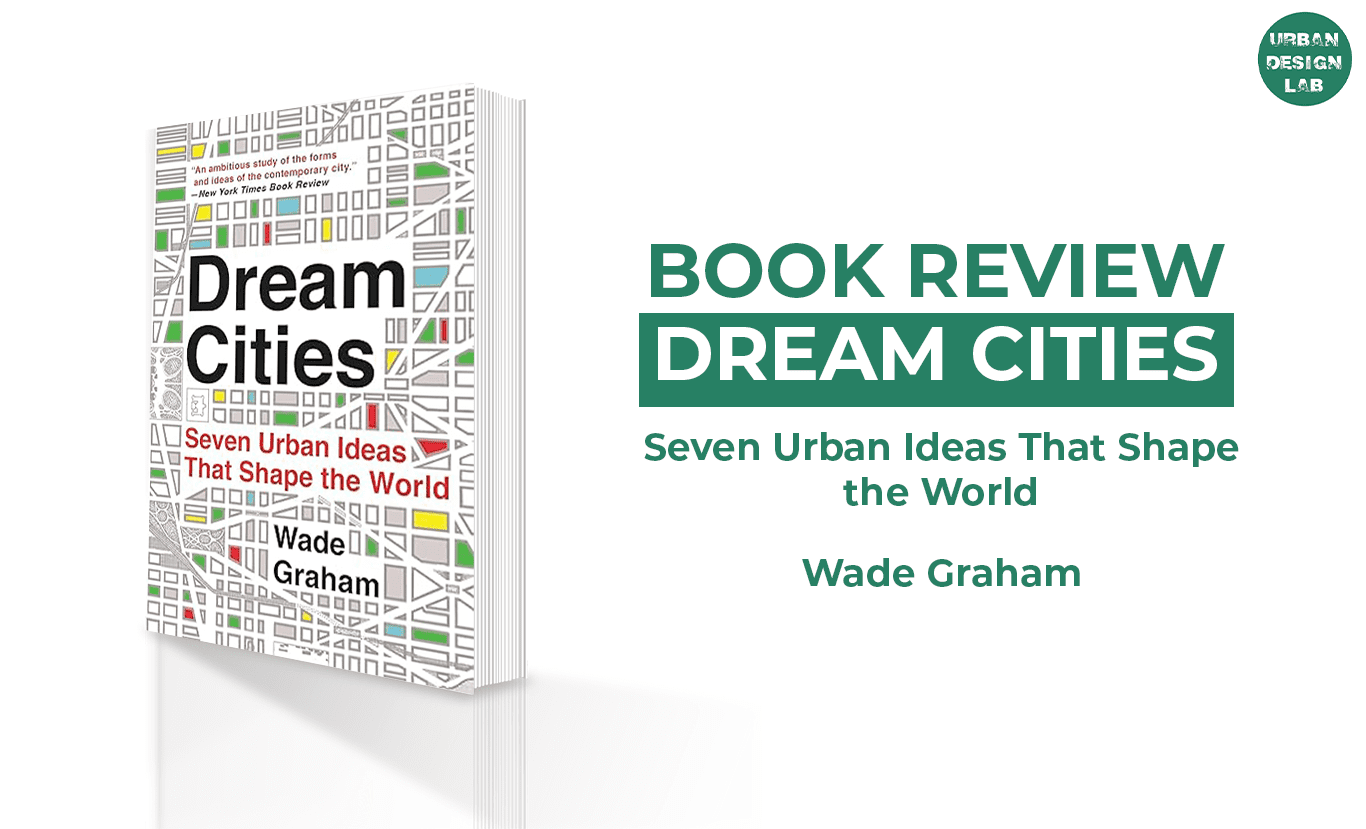
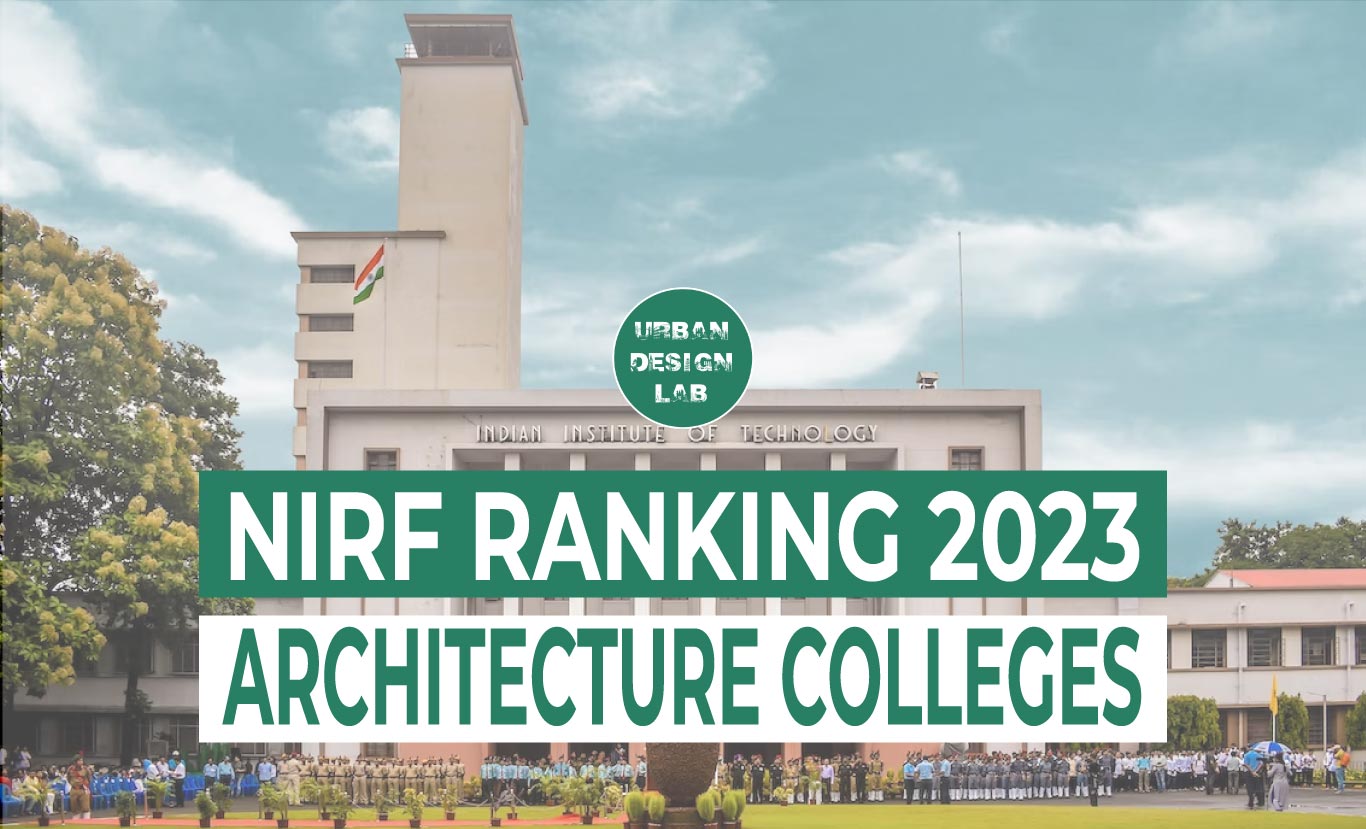
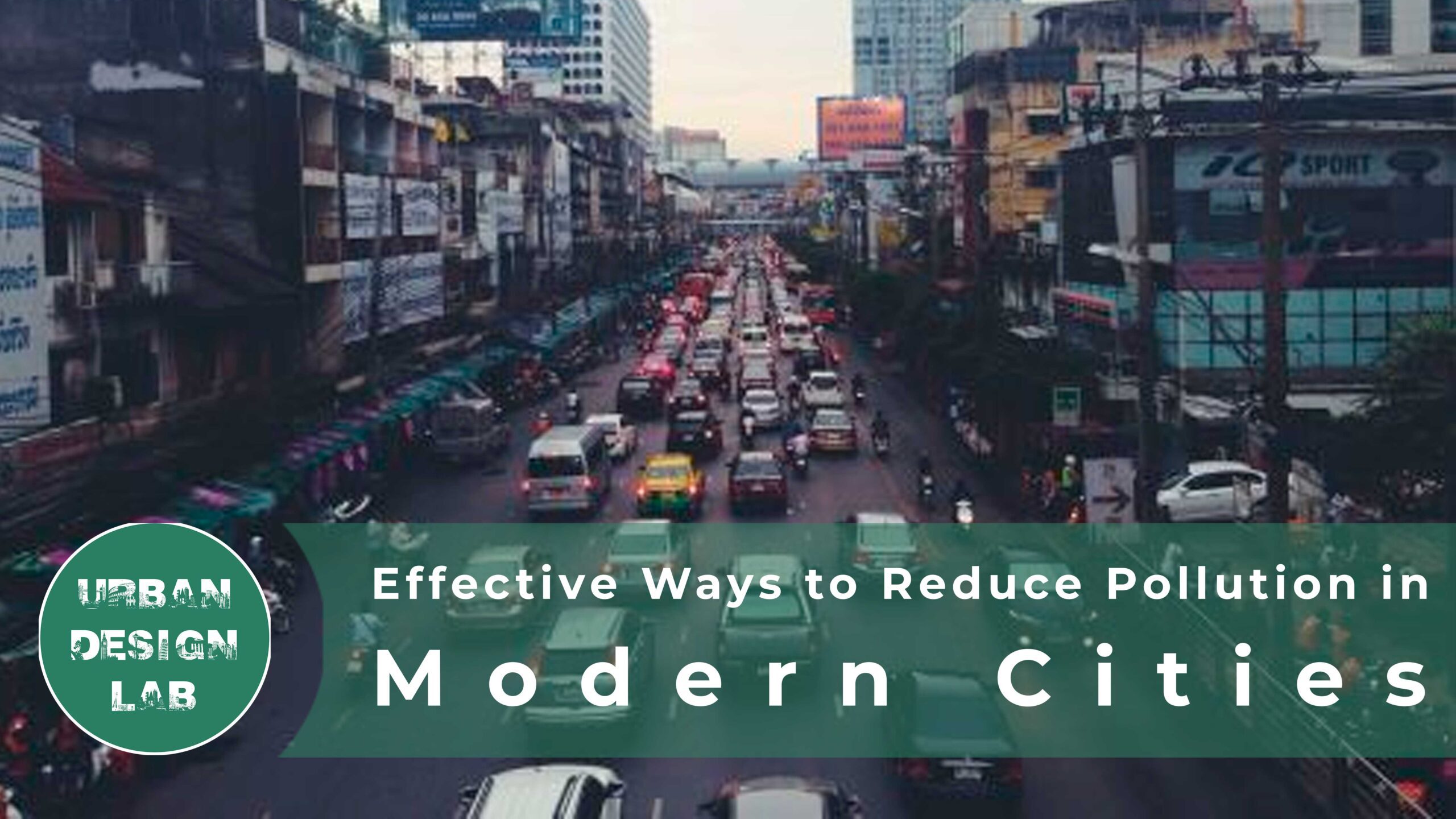


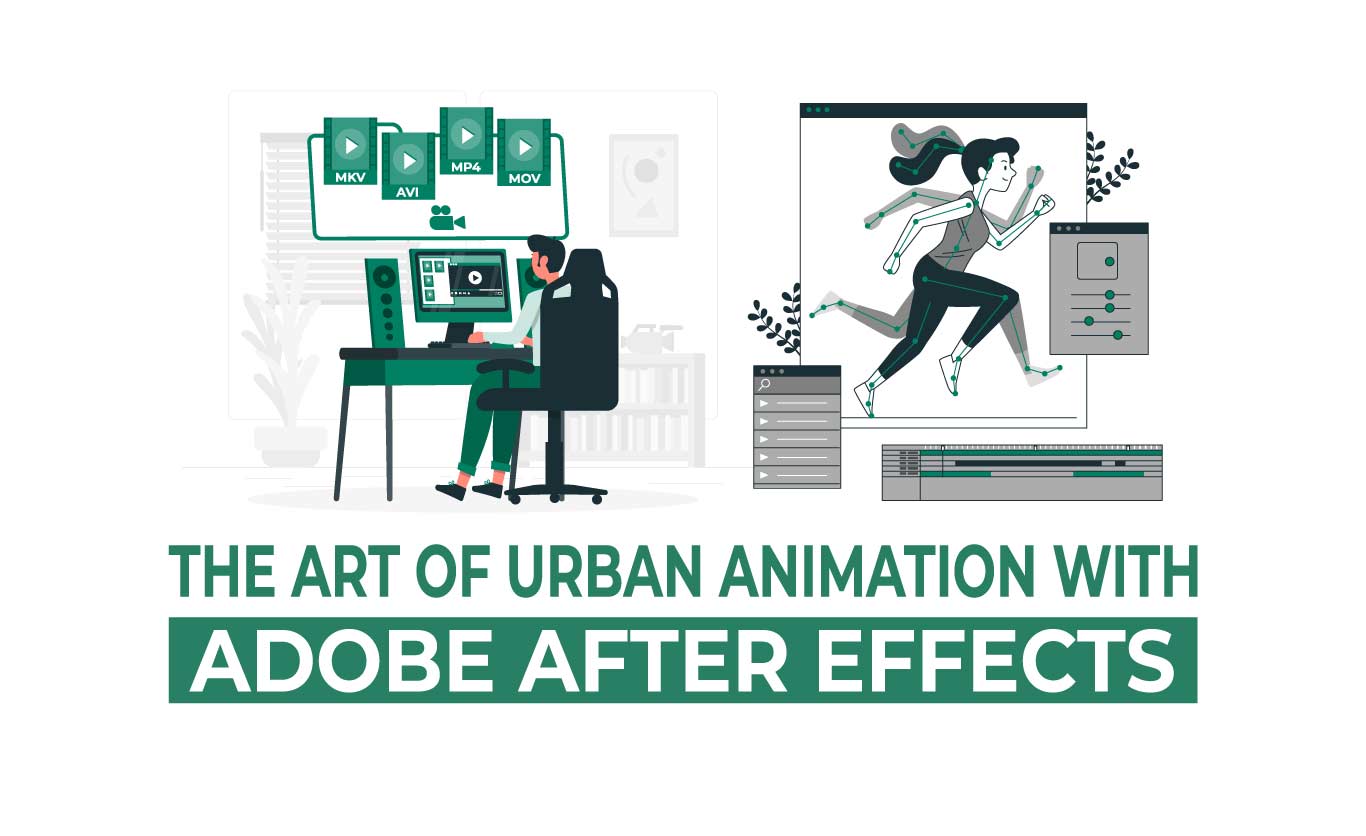


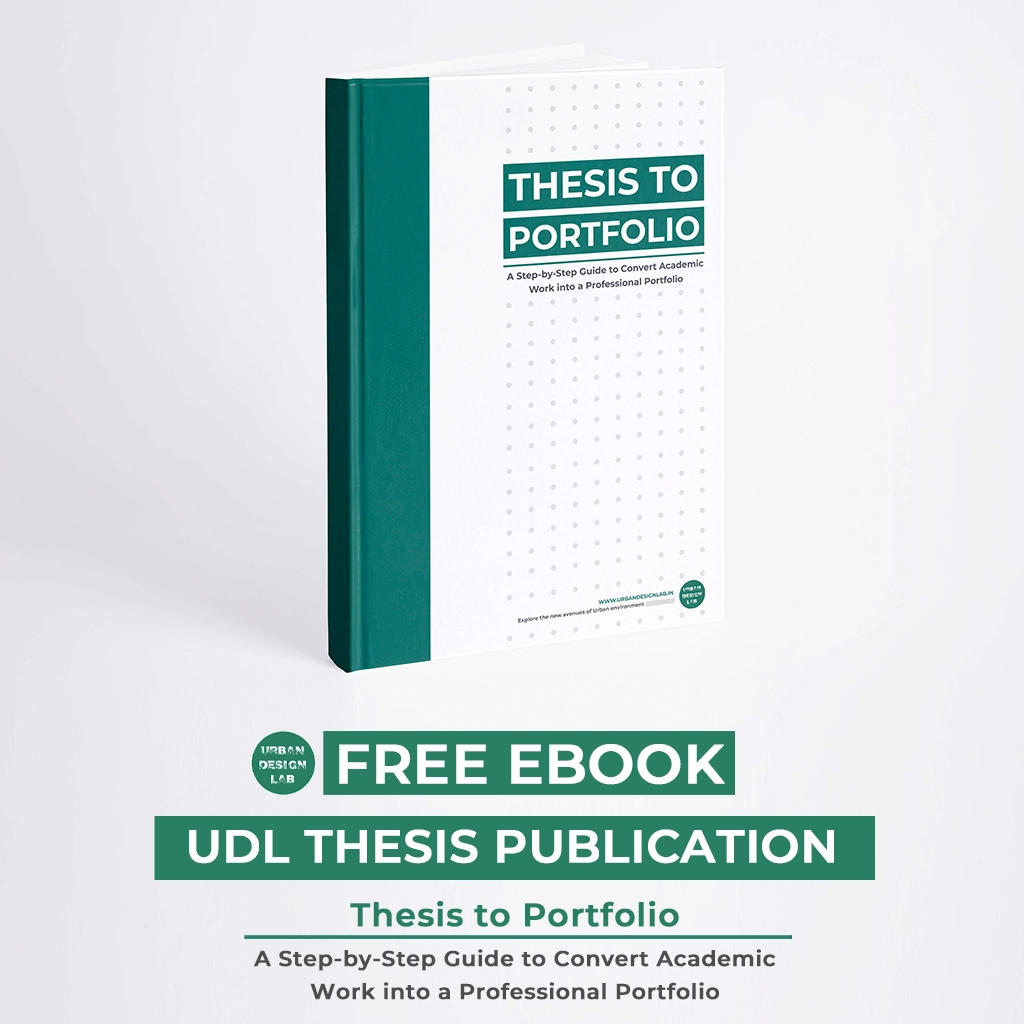
One Comment
Cubbon is the heartbeat of the city, and represents the surviving urban greens that once held great importance to societal development. Despite its colonial roots, the democratization of the commons has truly opened a new, inclusive, and grassroots environment within the park.